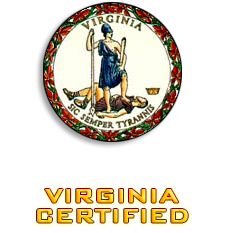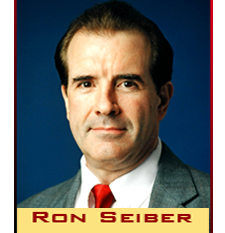What is Inspected?
The Land Around the Home:
First the inspector checks the slope of the land to see that it is sloping away from the home and not to it. Land that slopes to the home can make for wet and humid basements and sometimes leaky ones too. Homes built on the sides of hills can be a cause of concern.
The Structure:
The inspector checks the whole home for foundation problems, and general framing problems. Most important are checking for cracks in the foundation and the walls of the home.
The Outside Wall Covering:
The inspector checks the outside walls, the windows, the framing around the windows and doors, and identifies any problems found such as wood rot and places where water can intrude into the home which can cause mold.
The Roof and Drainage:
The inspector checks the roof condition and its age. He checks for old shingles, missing shingles, and repair jobs that have been done. He checks the gutters and downspouts to make sure they are in working order. It is important that downspouts be connected to "extensions" which carry the rain water at least 6 feet away from the home so the water doesn't drain down the outside of the basement walls and cause leaky, or musty, humid basements.
The Supply Plumbing, Drainage, and Venting:
Visible plumbing is inspected for leaks, a check to make sure there is an acceptable flow of water (pressure and volume) coming out of the faucets, that the drains work well and water drains quickly and not slowly. The type of supply piping is identified. Some piping is unacceptable and can cause sudden leaks due to manufacturer defects.
The Electrical System:
The lines coming to the home are checked, if above ground, then the main electrical panel is checked to make sure that there are no melted or burned wires, and to make sure that the wire size and circuit breaker or fuse size match correctly. Low amperage wires matched with high amperage breakers or fuses can be a potential fire hazard. Some electric panels are so old that they need replacing because of the fire hazard they present. All outlets in the home are tested. Sometimes the wiring is incorrect, that is, hot and neutral wires are wired incorrectly. GFCI outlets are tested to make sure they work. In addition, all the wall switches are tested to make sure they work properly.
The Heating System:
The furnace or boiler is turned on and tested. Generally, furnaces over 20 years old are in need of replacement, so the age is identified. Cracked heat exchangers, caused from age and rust, can cause carbon monoxide poisoning. The heating system is tested to make sure it turns on and off correctly. Electric heat pumps are checked too, but only in the winter time.
The Central Air Conditioning System:
This is tested only during warm weather because testing it in cold temperatures can damage the compressor. The age of the compressor is identified because most begin to break down after 10 years. When tested, its cooling efficiency is tested. Sometimes refrigerant gas is needed for systems that work poorly.
The Attic and Its Visible Insulation:
The attic is entered, if possible, and is checked for leak stains on the sheathing and plywood, and all vent pipes going through the roof. Particular attention is paid to the color of the plywood, as this can indicate delamination of the plywood. Insulation is checked for depth and age. Sometimes additional insulation is needed in older homes. Insulation should not be touching recessed lights as this can be a fire hazard.
Rooms, Walls, Floors, and Ceilings:
All of these are checked for cracks, along with squeaky floors which can indicate loose floor boards rubbing against the nails.
Windows and Doors:
All windows are opened to make sure they open and close correctly and to make sure they stay up when raised. Screens are checked for holes. Doors are all opened and closed to make sure they don't rub against the door jambs, and to make sure they "click shut." Sometimes the strike plate on the door jamb needs adjusting if the door doesn't stay shut.
The Kitchen:
The kitchen is the last room to be checked and all appliances are turned on and tested to make sure they work properly: refrigerator, stove, oven, exhaust fan, garbage disposal, sink faucet, dishwasher, and the built-in microwave oven. Also, all the cabinets are opened and closed, and the counters checked to make sure they are securely fastened.
Inspections are important not only because the seller can fix or compensate you for the problems found by the inspector, but also because this is the single most important investment you will ever make! There is nothing worse than moving into a home you just purchased, and finding out there are leaks, doors that don't close properly, or a sudden seepage of water in the basement when it rains. Inspectors can find problems that exist currently, and also point out potential problems that may exist, but are not seen at the time of the inspection.
A home inspection can identify major repair items that may be coming like shingles that are getting old, or a furnace that is over 15 years old and on its last legs. You need to know everything about the home you are buying so when you move in, you don't feel like you were cheated or lied to by the seller when you discover something wrong with the house that makes you unhappy. You never want to have a feeling of "buyer's remorse" when you slowly start to discover things that need replacing or don't work the way they should. Your home inspection will alert you to most of the things wrong with the home you want to buy and prevent you from having that "I was cheated or lied to" feeling. Inspections give you peace of mind! Go to Home Inspector for more information about inspections.
Click here to see the ASHI Virtual Home Inspection Tour








